Exhibition dates: 31th July 2015 – 8th November 2015
Melbourne Winter Masterpieces 2015
Hermitage Museum, the Winter Palace in Winter, St Petersburg
Photo: Pavel Demidov
Some beauty to cheer me up from my sickbed.
These are the official press photographs for the exhibition Masterpieces from the Hermitage: The Legacy of Catherine the Great. To see my installation photographs of the exhibition go to this posting.
The paintings look as fresh today as when they were first painted, some of them in the early 1500s. To see the thumbs up gesture in Diego Velázquez’s Luncheon (c. 1617-1618, below) echoing down the centuries, is worth the price of admission alone. We cannot imagine what life would have been like back then… no medication, rampant disease and malnutrition, little law enforcement with danger lurking around each turn (see Matthew Beaumont. Night Walking: A Nocturnal History of London, Chaucer to Dickens. London and New York: Verso, 2015).
And yet these talented artists, supported by the elite, produced work which still touches us today.
Dr Marcus Bunyan
Many thankx to the National Gallery of Victoria for allowing me to publish the art works in the posting. Please click on the photographs for a larger version of the art works.
Chinese
Cup
early 17th century
Silver, enamel
4 x 3 x 7cm
The State Hermitage Museum, St Petersburg (Inv. no. ЛС-133, ВВс-250)
Acquired before 1789
Chinese
Teapot with lid
17th century
Silver, enamel
18.0 x 5.5cm
The State Hermitage Museum, St Petersburg (Inv. no. ЛС-80 а, б, ВВс-219)
Acquired before 1789
Sèvres Porcelain Factory
Sèvres (manufacturer) France est. 1756
Cameo Service
1778-1779
Porcelain (soft-paste), gilt
The State Hermitage Museum, St Petersburg Commissioned by Catherine ll as a gift for Prince Grigory Potemkin in 1777; Potemkin’s Taurida Palace, St Petersburg from 1779; transferred to the Hofmarshal’s Office of the Winter Palace after his death; 1922 transferred to the State Hermitage Museum
Grand Duchess Maria Fyodorovna (Russian, 1795-1828) (engraver)
Russia (manufacturer)
Catherine the Great as Minerva
1789
Cameo
Jasper, gold
6.5 x 4.7cm
The State Hermitage Museum, St Petersburg (Inv. no. К 1077)
Acquired 1789
James Tassie, London (England, 1735-1799) (workshop of)
Head of Medusa
1780s
Coloured glass, gilded paper
7.6 x 9.2cm
The State Hermitage Museum, St Petersburg (Inv. no. R-T, 3296 a)
Purchased from James Tassie 1783-88
Chinese
Toilet service
early 18th century
Glass, mercury amalgam, paper, silver, filigree, parcel-gilt, wood, velvet, peacock and king-fisher feathers, mother-of-pearl, crystals
The State Hermitage Museum, St Petersburg (Inv. no. ЛС-472/ 1,2, ВВс-373)
Chinese
Table decoration in the form of a pair of birds
1740s-50s
Silver, enamel, silver-gilt
26.0 x 26.0 x 15.0cm
The State Hermitage Museum, St Petersburg (Inv. no. ЛС-26, ВВс-189)
Chinese
Crab-shaped box on a leaf tray
1740s-50s
Silver, enamel, silver-gilt
(a) 4.0 x 14.0 x 13.0cm (box)
(b) 3.0 x 22.0 x 17.0cm (stand)
The State Hermitage Museum, St Petersburg (Inv. no. ЛС-9 а,б, ВВс-186)
Marie-Anne Collot (French, 1748-1821)
Voltaire
1770s
Marble
49 x 30 x 28cm
The State Hermitage Museum, St Petersburg (Inv. no. Н.ск. 3)
Acquired from the artist, 1778
Jean-Antoine Houdon (French, 1741-1828)
Catherine II
1773
Marble
90 x 50 x 32cm
The State Hermitage Museum, St Petersburg (Inv. no. Н.ск. 1676)
Transferred from the Stroganov Palace, Leningrad, 1928
Jean-Baptiste Greuze (French, 1725-1805)
Head of an old man. Study for The paralytic
1760s
Red and black chalk
49.3 x 40cm (sheet)
The State Hermitage Museum, St Petersburg (Inv. no. ОР-14727)
Acquired from the artist in 1769 for the Museum of the Academy of Arts. Transferred to the Hermitage in 1924
François Boucher (French, 1703-1770)
Study of a female nude
1740
Red, black and white chalk on brown paper
26.2 x 34.6cm
The State Hermitage Museum, St Petersburg (Inv. no. ОР-382)
Acquired from the collection of Count Cobenzl, Brussels, 1768
Charles-Louis Clérisseau (French, 1721-1820)
Design for the paintings in the cell of Father Lesueur in the Monastery of Santissima Trinità dei Monti in Rome
1766-1768
Pen and black and brown ink, brown and grey wash
36.9 x 53cm (sheet)
The State Hermitage Museum, St Petersburg (Inv. no. ОР-2597)
Acquired from the artist by Catherine II on 5 May 1780, Provenance: before 1797
Carlo Galli-Bibiena (Austrian, 1728-1787)
Design for the interior decoration of a library
1770s
Pen and ink, grey wash and watercolour over pencil
32 х 44cm (sheet)
The State Hermitage Museum, St Petersburg (Inv. no. ОР-231)
Acquired before 1797
Giacomo Quarenghi (Italian, 1744-1817)
Façade of the Hermitage Theatre
1780s
Pen and ink, watercolour
33 х 47cm (sheet)
The State Hermitage Museum, St Petersburg (Inv. no. ОР-9626)
Acquired from Giulio Quarenghi in 1818
Konstantin Ukhtomsky (Russian, 1818-1881)
The Raphael Loggia
1860
Watercolour
42 х 25cm
The State Hermitage Museum, St Petersburg (Inv. no. ОР-11741)
Acquired from the artist, 1860
Over 500 works from the personal collection of Catherine the Great will travel to Australia in July. Gathered over a 34-year period, the exhibition represents the foundation of the Hermitage’s collection and includes outstanding works from artists such as Rembrandt, Velasquez, Rubens and Titian. Exemplary works from Van Dyck, Snyders, Teniers and Hals will also travel, collectively offering some of the finest Dutch and Flemish art to come to Australia. The exhibition, presented by the Hermitage Museum, National Gallery of Victoria and Art Exhibitions Australia, is exclusive to Melbourne as part of the Melbourne Winter Masterpieces series.
The Premier of Victoria, the Hon. Daniel Andrews MP said: “Masterpieces from the Hermitage: The Legacy of Catherine the Great will showcase treasures from one of the largest, oldest and most visited museums in the world. Another major event for Melbourne, this exhibition will provide visitors with a once-in-a-lifetime opportunity to see first-hand the extraordinary personal collection of Catherine the Great, drawn from the Hermitage Museum, St Petersburg.”
NGV Director, Tony Ellwood said, “This exhibition celebrates the tenacity and vision of a true innovator in the arts. Catherine the Great’s inexhaustible passion for the arts, education and culture heralded a renaissance, leading to the formation of one of the world’s great museums, the Hermitage.”
“We are delighted that we have the good fortune of bringing one of the world’s most important collections to Australian audiences. The exhibition is a rare opportunity to be immersed in the world of Catherine the Great and her magnificent collection of art,” Tony Ellwood said.
Catherine the Great’s reign from 1762 to 1796 was known as the golden age and is remembered for her exceptional patronage of the arts, literature and education. Of German heritage, Catherine the Great was well connected in European art and literature circles. She saw herself as a reine-philosophe (Philosopher Queen), a new kind of ruler in the Age of Enlightenment. Guided by Europe’s leading intellectuals, such as the French philosophers Voltaire and Diderot, she sought to modernise Russia’s economy, industry and government, drawing inspiration both from classical antiquity and contemporary cultural and political developments in Western Europe.
A prolific acquirer of art of the period, Catherine the Great’s collection reflects the finest contemporary art of the 18th century as well as the world’s best old masters of the time, with great works by French, German, Chinese, British, Dutch and Flemish artists. Notable in this exhibition are entire groups of works acquired from renowned collections from France, Germany and England representing the best collections offered for sale at the time. The exhibition will feature four Rembrandts, including the notable Young woman with earrings, known as one of most intimate images Rembrandt ever created. The exhibition will also include 80 particularly fine drawings by artists including Poussin, Rubens, Clouet and Greuze.
Exquisite decorative arts will be brought to Australia for this exhibition, including 60 items from the Cameo Service of striking enamel-painted porcelain made by the Sèvres Porcelain Manufactory in Paris. Commissioned by Catherine the Great for her former lover and military commander, Prince Grigory Potemkin, the dinner service features carved and painted imitation cameos, miniature works of art, based on motifs from the French Royal collection.
Director of the Hermitage Museum, Mikhail Piotrovsky said, “These outstanding works from the personal collection of Catherine the Great represent the crown jewels of the Museum. It was through the collection of these works and Catherine the Great’s exceptional vision that the Hermitage was founded. Today it is one of the most visited museums in the world. We are very pleased to be able to share these precious works with Australian audiences at the 250-year anniversary of this important institution.”
Catherine the Great’s love of education, art and culture inspired a period of enlightenment and architectural renaissance that saw the construction of the Hermitage complex. This construction includes six historic buildings along the Palace Embankment as well as the spectacular Winter Palace, a former residence of Russian emperors. On view in the exhibition will be remarkable drawings by the Hermitage’s first architects Georg Velten and Giacomo Quarenghi, complemented by excellent painted views of the new Hermitage by Benjamin Patersen. These, along with Alexander Roslin’s majestic life-size portrait of Catherine, set the scene for a truly spectacular exhibition.
Visitors to the exhibition will be able to immerse themselves in Catherine the Great’s world evoking a sensory experience of a visit to the Hermitage Museum in St Petersburg. The exhibition design will have rich treatments of architectural details, interior furnishings, wallpapers and a colour palette directly inspired by the Hermitage’s gallery spaces. Enveloping multimedia elements will give visitors a sense of being inside the Hermitage, evoking the lush and opulent interiors.
The Hermitage Museum was founded in 1764 by Catherine the Great and has been open to the public since 1852. With 3 million items in its holdings, the Hermitage is often regarded as having the finest collection of paintings in the world today. In 2014, The Hermitage celebrated its 250-year anniversary and opened a new wing of the museum with 800 rooms dedicated to art from the 19th to 21st centuries. The exhibition is organised by The Hermitage Museum, St Petersburg in association with the National Gallery of Victoria and Art Exhibitions Australia.
Masterpieces from the Hermitage: The Legacy of Catherine the Great will be at NGV International from 31 July – 8 November 2015 and will be presented alongside the David Bowie is exhibition at the Australian Centre for the Moving Image as part of the 2015 Melbourne Winter Masterpieces series.
Press release from the National Gallery of Victoria
Jean-Baptiste Santerre (French, 1651-1717)
Two actresses
1699
Oil on canvas
146 х 114cm
The State Hermitage Museum, St Petersburg (Inv. no. ГЭ-1284)
Acquired 1768
Anthony van Dyck (Flemish, 1599-1641)
Portrait of Philadelphia and Elizabeth Wharton
1640
Oil on canvas
162 х 130cm
The State Hermitage Museum, St Petersburg (Inv. no. ГЭ-533)
Acquired from the collection of Sir Robert Walpole, Houghton Hall, 1779
Jean Louis Voille (French, 1744-1804)
Portrait of Olga Zherebtsova
1790s
Oil on canvas
73.5 х 58cm
The State Hermitage Museum, St Petersburg (Inv. no. ГЭ-5654)
Acquired from the collection of E. P. Oliv, Petrograd, 1923
Peter Paul Rubens and workshop (Flemish, 1577-1640)
The Apostle Paul
c. 1615
Oil on wood panel
105.6 х 74cm
The State Hermitage Museum, St Petersburg (Inv. no. ГЭ-489)
Acquired before 1774
Leonardo Da Vinci (school of)
Female nude (Donna Nuda)
Early 16th century
Oil on canvas
86.5 х 66.5cm
The State Hermitage Museum, St Petersburg (Inv. no. ГЭ-110)
Acquired from the collection of Sir Robert Walpole, Houghton Hall, 1779
Rembrandt Harmensz. van Rijn (Dutch, 1606-1669)
Portrait of a scholar
1631
Oil on canvas
104.5 х 92cm
The State Hermitage Museum, St Petersburg (Inv. no. ГЭ-744)
Acquired from the collection of Count Heinrich von Brühl, Dresden, 1769
Jean-Baptiste Perronneau (French, 1715-1783)
Portrait of a boy with a book
1740s
Oil on canvas
63.0 х 52cm
The State Hermitage Museum, St Petersburg (Inv. no. ГЭ-1270)
Acquired from the collection of A. G. Teplov, St Petersburg, 1781
Domenico Capriolo (Italian, c. 1494-1528)
Portrait of a young man
1512
Oil on canvas
117 х 85cm
The State Hermitage Museum, St Petersburg (Inv. no. ГЭ-21)
Acquired from the collection of Baron Louis-Antoine Crozat de Thiers, Paris, 1772
Alexander Roslin (Swedish, 1718-1793)
Portrait of Catherine II
1776-1777
Oil on canvas
271 х 189.5cm
The State Hermitage Museum, St Petersburg (Inv. no. ГЭ-1316)
Acquired from the artist, 1777
Titian (Italian, 1485-1490 – 1576)
Portrait of a young woman
c. 1536
Oil on canvas
96 х 75cm
The State Hermitage Museum, St Petersburg (Inv. no. ГЭ-71)
Acquired from the collection of Baron Louis-Antoine Crozat de Thiers, Paris, 1772
Rembrandt Harmensz. van Rijn (Dutch, 1606-1669)
Young woman trying on earrings
1657
Oil on wood panel
39.5 х 32.5cm
The State Hermitage Museum, St Petersburg (Inv. no. ГЭ-784)
Acquired from the collection of the Comte de Baudouin, Paris, 1781
Francois Clouet (French, c. 1516-1572)
Portrait of Charles IX
1566
Black and red chalk
33.1 x 22.5cm (sheet)
The State Hermitage Museum, St Petersburg (Inv. no. OР-2893)
Acquired from the collection of Count Cobenzl, Brussels, 1768
David Teniers II (Flemish, 1610-1690)
Kitchen
1646
Oil on canvas
171 х 237cm
The State Hermitage Museum, St Petersburg (Inv. no. ГЭ-586)
Acquired from the collection of Sir Robert Walpole, Houghton Hall, 1779
Cornelis de Vos (Dutch/Flemish, c. 1584-1651)
Self-portrait of the artist with his wife Suzanne Cock and their children
c. 1634
Oil on canvas
185.5 х 221cm
The State Hermitage Museum, St Petersburg (Inv. no. ГЭ-623)
Donated by Prince G. A. Potemkin, 1780s
Anthony van Dyck (Flemish, 1599-1641)
Family portrait
c. 1619
Oil on canvas
113.5 х 93.5cm
The State Hermitage Museum, St Petersburg (Inv. no. ГЭ-534)
Acquired from a private collection, Brussels, 1774
Charles Vanloo (French, 1705-1765)
Sultan’s wife drinking coffee
1750s
Oil on canvas
120 х 127cm
The State Hermitage Museum, St Petersburg (Inv. no. ГЭ-7489)
Acquired from the collection of Madame Marie-Thérèse Geoffrin, Paris, 1772
Peter Paul Rubens and workshop (Flemish, 1577-1640)
The Adoration of the Magi
c. 1620
Oil on canvas
235 х 277.5cm
The State Hermitage Museum, St Petersburg (Inv. № ГЭ-494)
Acquired from the collection of Dufresne, Amsterdam, 1770
Diego Velázquez (Spanish, 1599-1660)
Luncheon
c. 1617-1618
Oil on canvas
108.5 х 102cm
The State Hermitage Museum, St Petersburg (Inv. no. ГЭ-389)
Acquired 1763-1774
Melchior d’Hondecoeter (Dutch, 1636-1695)
Birds in a park
1686
Oil on canvas
136 х 164cm
The State Hermitage Museum, St Petersburg (Inv. no. ГЭ-1042)
Acquired from the collection of Jacques Aved, Paris, 1766
Frans Snyders (Flemish, 1579-1657)
Concert of birds
1630-1640
Oil on canvas
136.5 х 240cm
The State Hermitage Museum, St Petersburg (Inv. no. ГЭ-607)
Acquired from the collection of Sir Robert Walpole, Houghton Hall, 1779
NGV International
180 St Kilda Road
Opening hours for exhibition
10am – 5pm daily













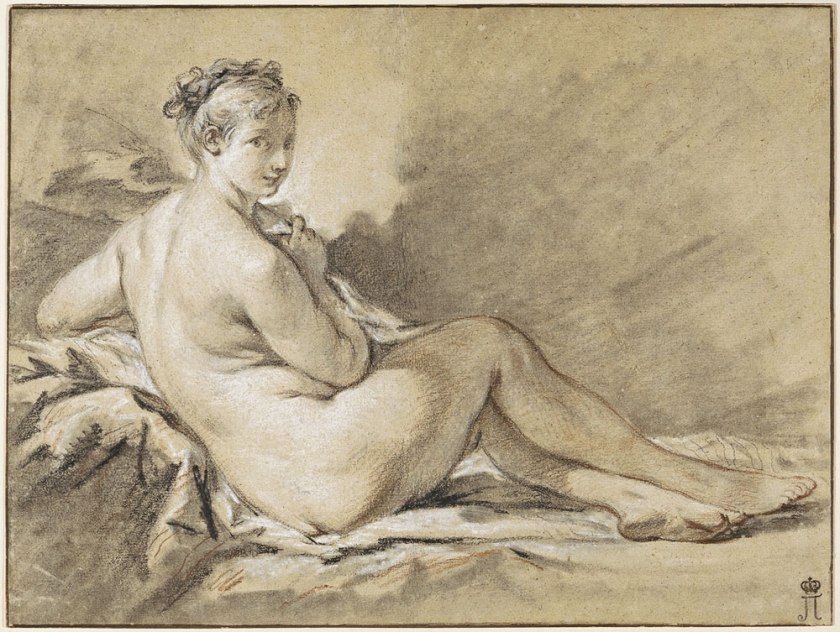



















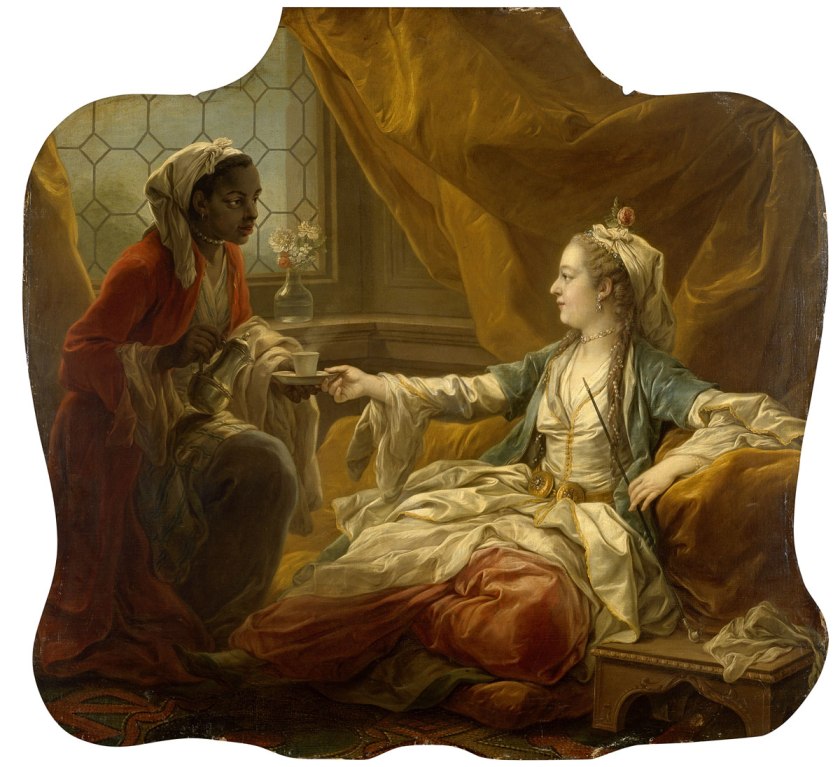





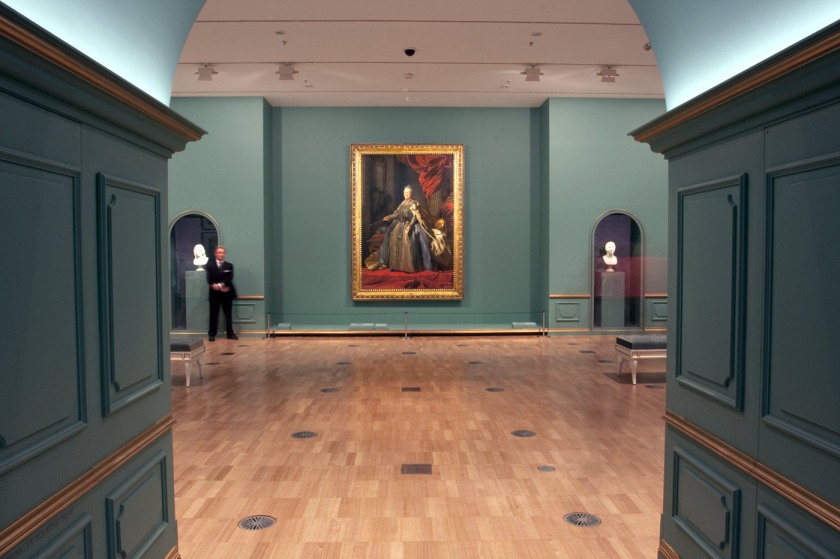










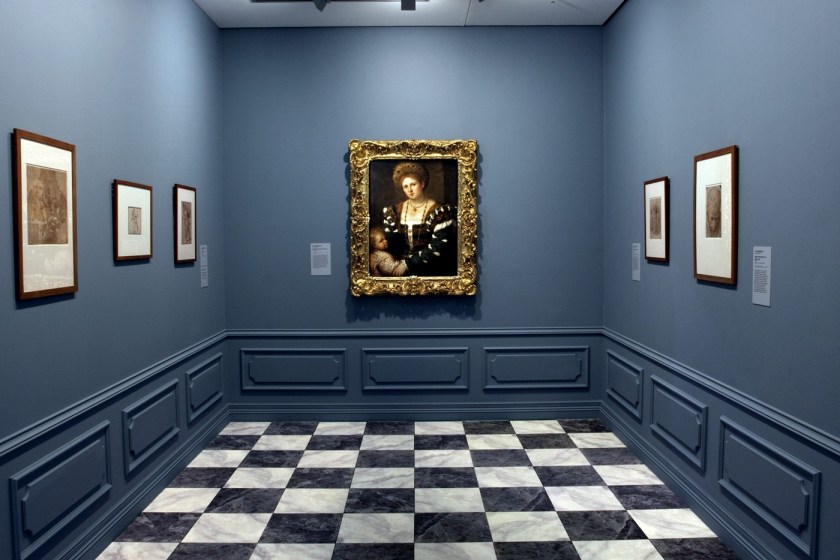



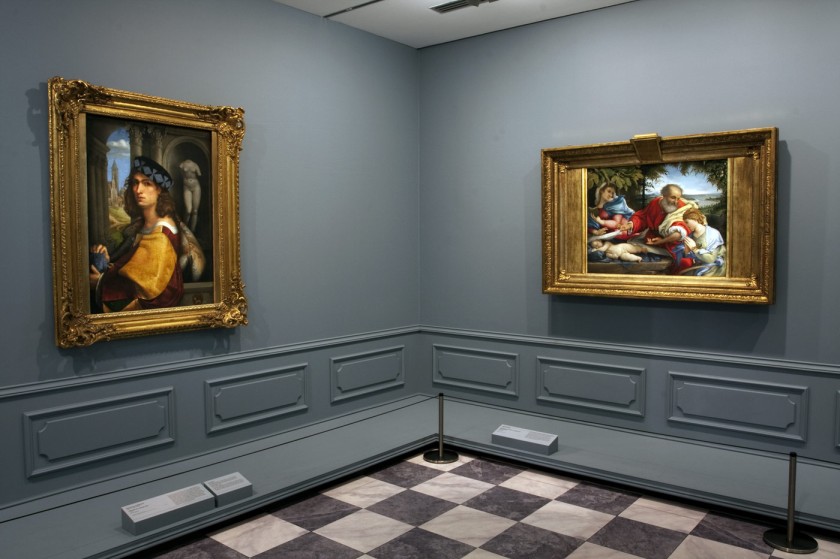
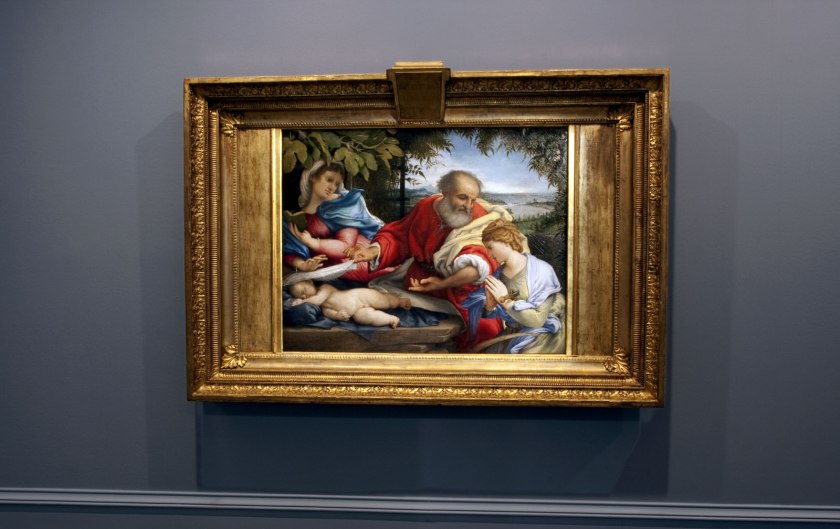










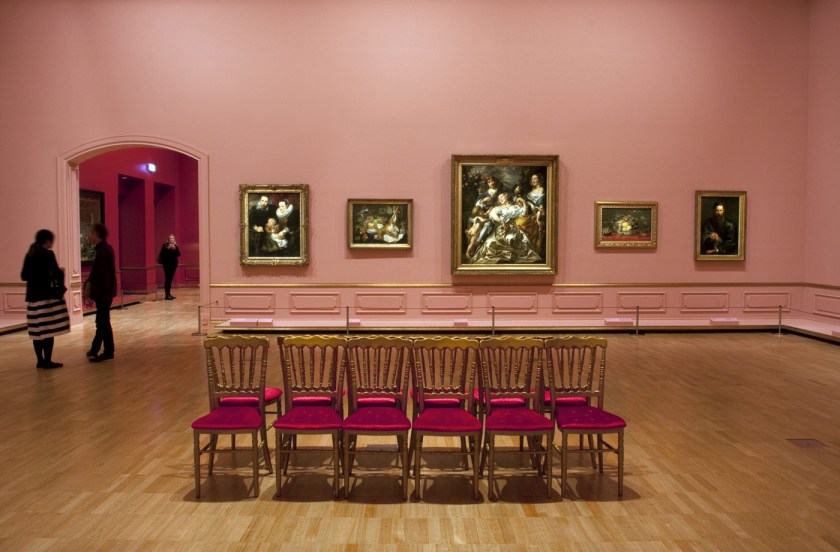

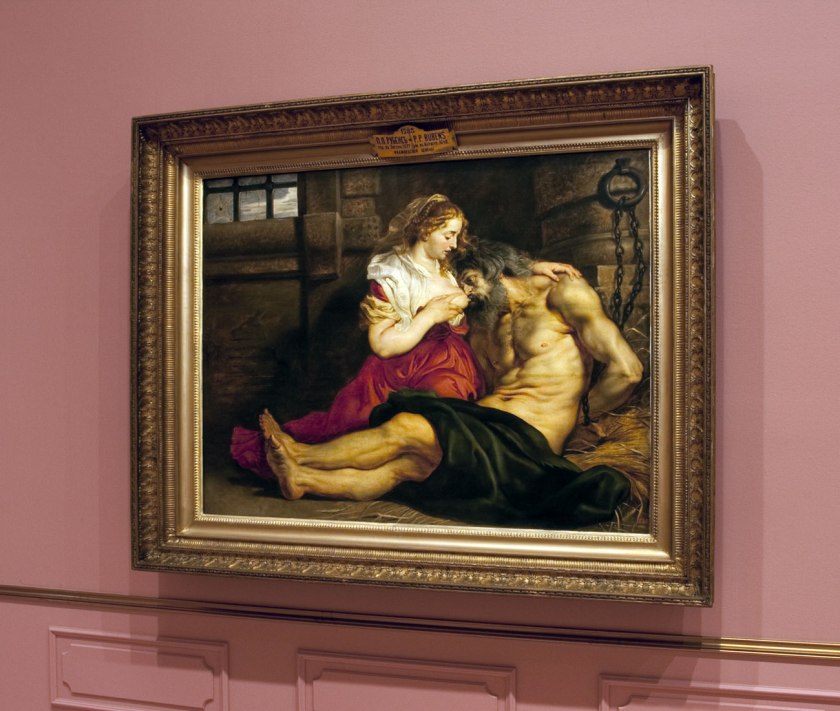






















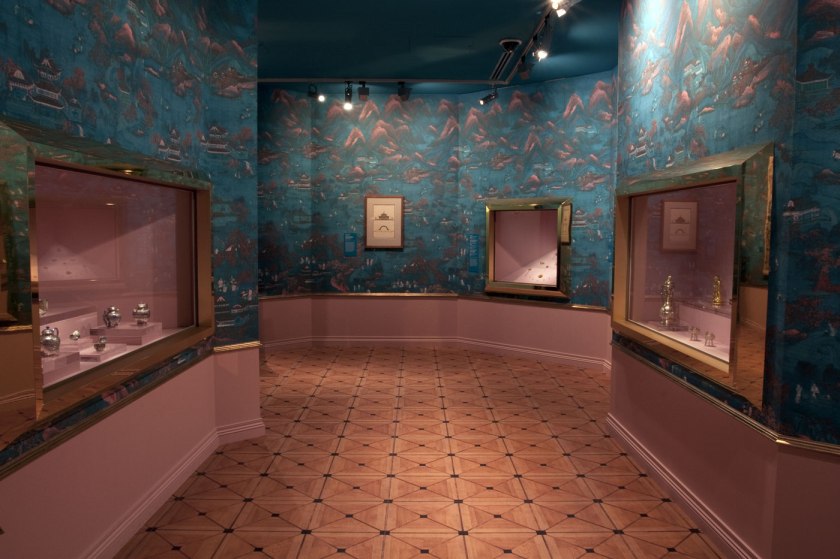





You must be logged in to post a comment.